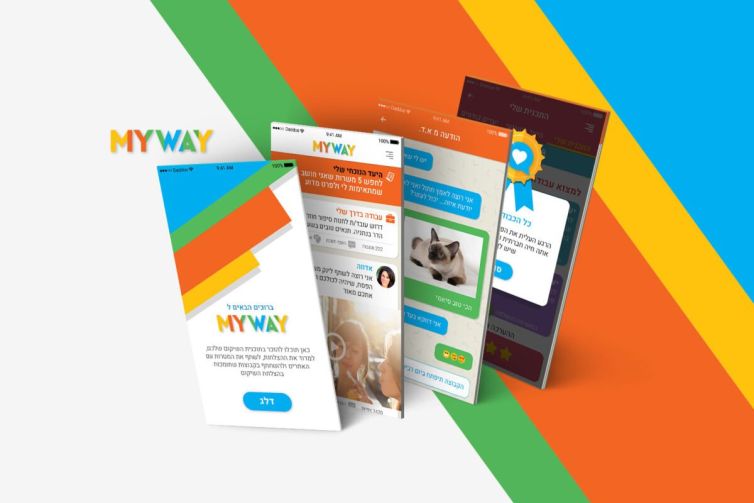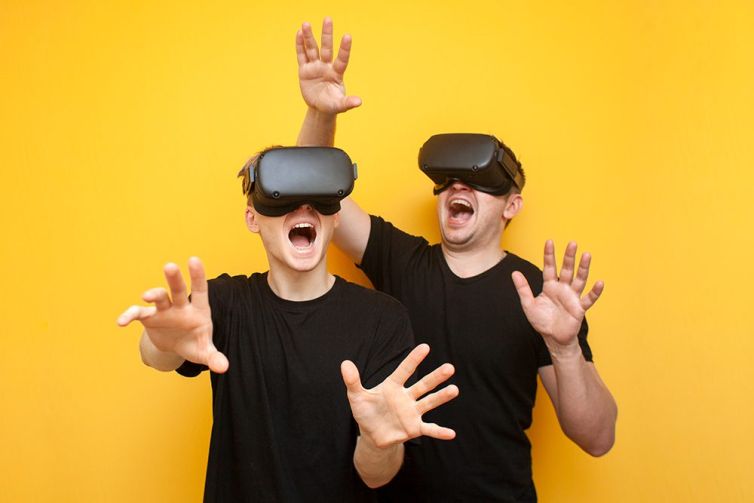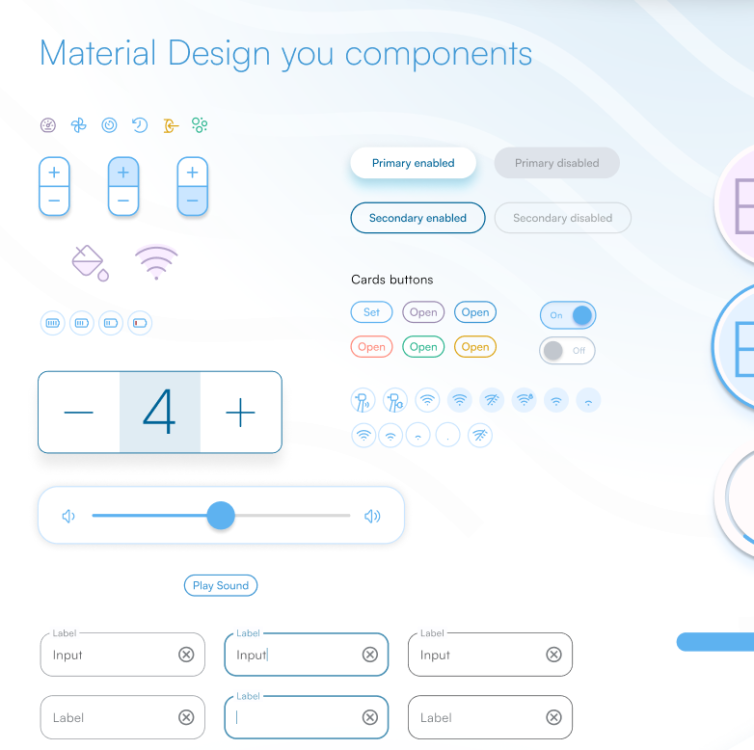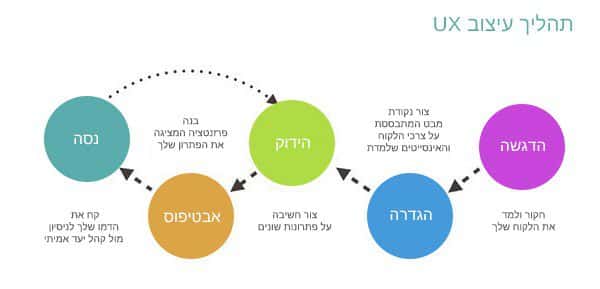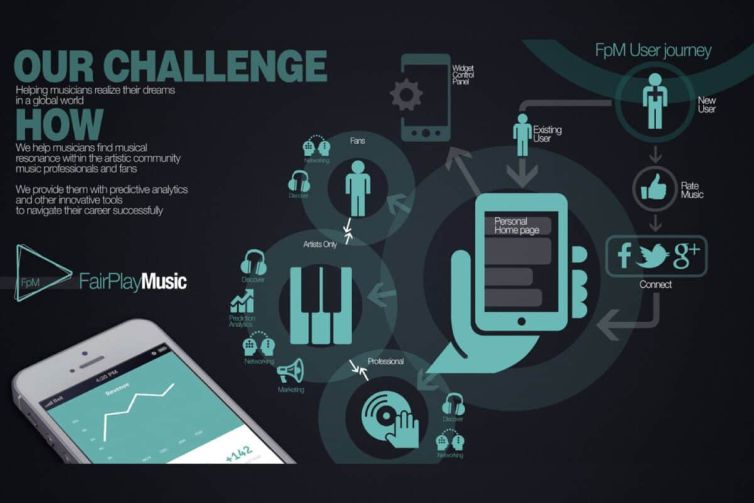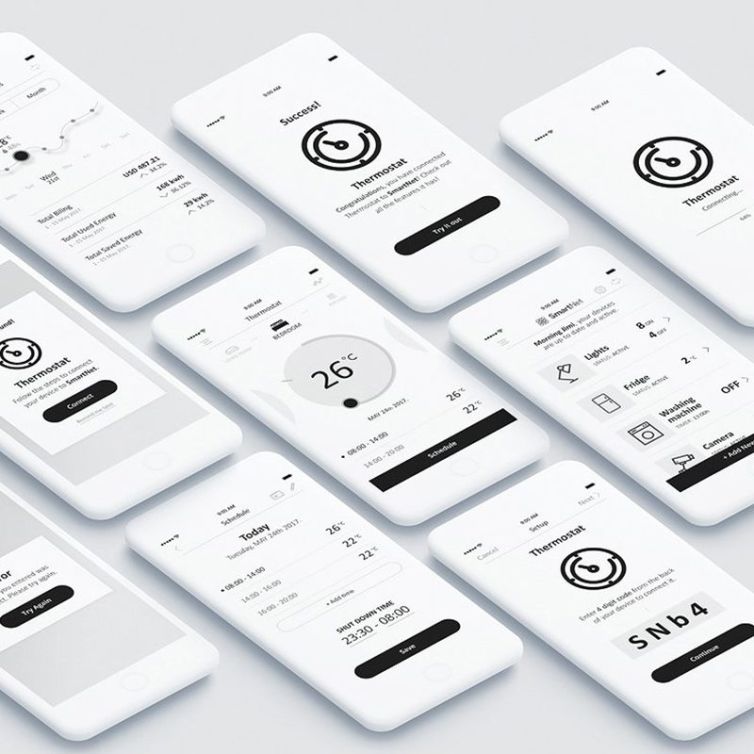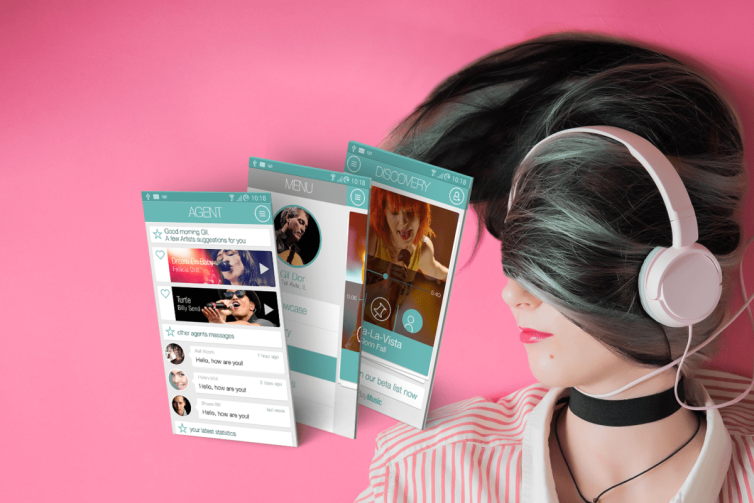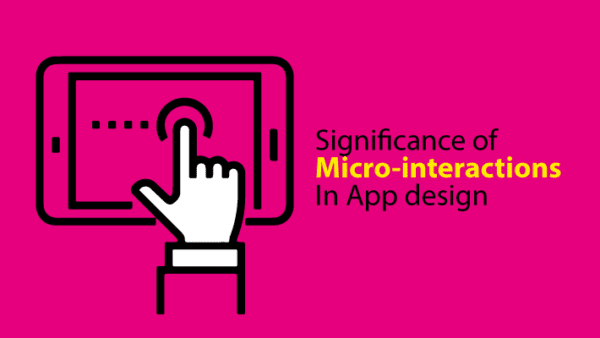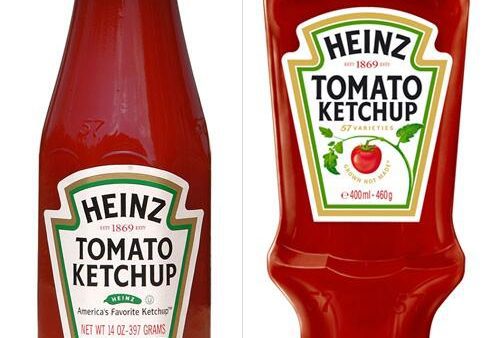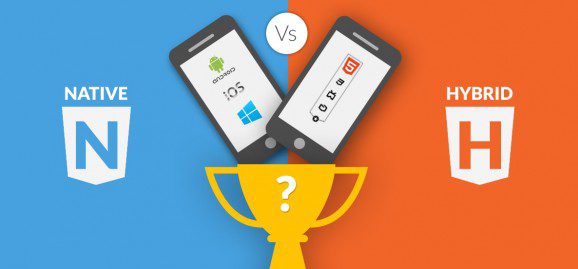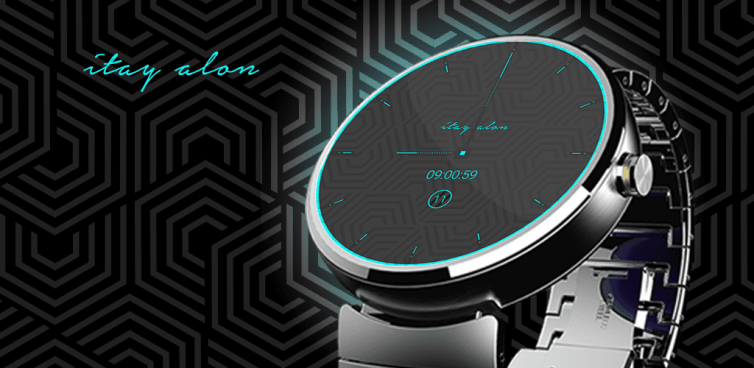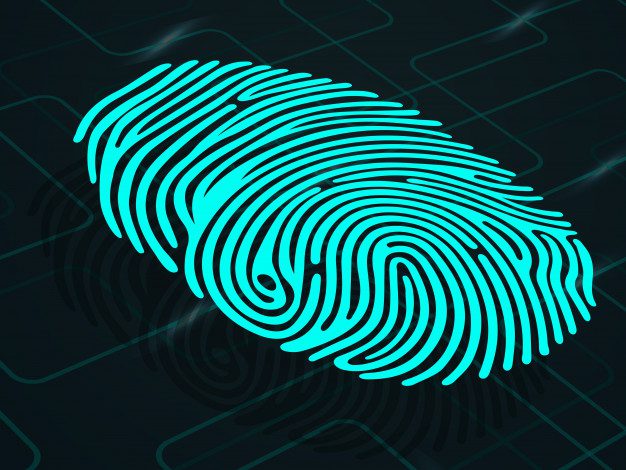prototype
Before we start the design work, we will investigate the diverse characteristics of the target audience, the place and time to use the service, and identify the most significant need for the target audience. This analysis allowed us to determine tools and visual features we would like to implement to differentiate and refine the application's user interface.
The rich experience that revolves around the whole picture and uses all your senses, determines the way in which the experience will be perceived in your eyes for a long time. The experience is influenced by taste, smell, appearance, service, availability and intuitive understanding of what is happening, add to that some elements of innovation and surprise and you got a winning product.
Google has taken it upon itself to create a visual language for users using the classic principles of excellent design with innovation with the help of technology and science. This language is called Material Design and you can find it in most of the most reputable and leading applications and websites in the world.
What sets Material Design apart is the attention to the pixel and the intuitive solution its architects came up with to create a simple and precise language to drive action.
Here are some of the most successful examples:
Do you have an idea for a product or service, and are you eager to get to business? Excellent! You have come to the right place. Before you spend time, money, and other energy, you should know a few things that will advance you and your product faster to the goal and, in the long run, will cost you less.
What is UX, and how can it serve you in your product design?
The role of the app designer is to realize our expectations in the experience and make us enjoy it as much as we expected and even more.
In this document, written in simple and matter-of-fact language, it is important to find and distill the proven value uniqueness of the service/application in the competitive market, if you don't have one, you should think again
The design comes to life when the creativity of "telling the story" of the experience takes place and this is of course the animation, therefore, when you consider on paper the process of making your product
Micro-interactions are moments that have a unique effect around the achievement of one task, for example, clicking a registration form button...
A correct, accurate and effective combination of UX and UI with reference to the set of parameters that must be taken into account creates, almost without being aware of it, a smooth, intuitive and effective movement...
Native apps are focused on mobile platform IOS or Android using development tools and a supporting language. Native apps are built to get the most performance for the platform it serves.
HTML5 uses standard web technologies. This method of rapid development and the possibility of presentation from any device creates a Cross Platform application that allows you to work on different devices without developing for each device separately. While the development costs and time are small, the main perceived lack is the inability to use the device's native functionality (camera, security, calendar, geolocation and more)
The Internet of Things and wearables are likely to be with us for a while, if not longer. Applications for wearable products are starting to pick up speed in 2017 compared to the Internet of Things, where development is maturing at a slower pace and we will probably start to see more order in things at the end of 2017. Both Apple and Google and of course the companies that are trying to catch up, are developing applications in the operating systems that have in common a connection to objects that are In the physical world with the aim of ultimate control from one device over all our needs.
We are a generation that takes this miracle called a mobile device for granted, and I call it a miracle because those who know the history and evolution of the development of mobile devices and operating systems, understand that there will be a crazy arms race between the manufacturers in such a short time. So short that it is hidden from most people's knowledge.
